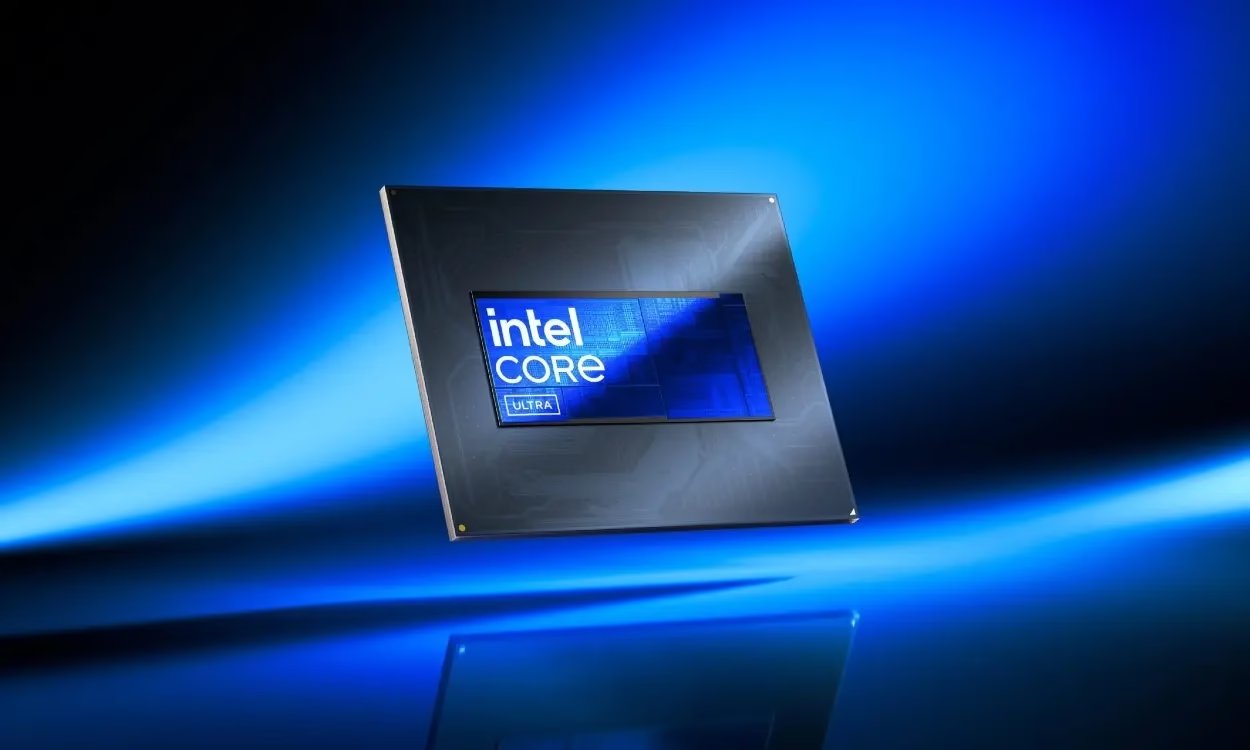
Block rewards are a fundamental aspect of cryptocurrency economics, pivotal to understanding the inner workings of blockchain protocols. Essentially, a block reward is an incentive granted to network participants, typically miners or validators, as a token of appreciation for their role in verifying and incorporating new transactions into a blockchain.
Miners have a crucial responsibility in discovering and appending new blocks to the blockchain. Block rewards serve as a motivating factor for miners, encouraging their active involvement in the network and enhancing its security.
In proof of work (PoW) networks like Bitcoin (BTC), individuals who verify transactions are known as miners. Conversely, in proof of stake (PoS) networks, they are often referred to as validators or stakers. Their efforts in confirming transactions are vital to the functioning and integrity of the blockchain network.
Within the Bitcoin ecosystem, the block reward serves as a pivotal incentive driving miners to allocate computational resources toward fortifying the security of the Bitcoin network. This reward undergoes a halving process approximately every four years or every 210,000 blocks, known as the Bitcoin halving. Alongside the block reward, miners also garner transaction fees as a component of their reward for upholding the integrity of the Bitcoin network.
The diminishing block rewards are a deliberate aspect of Bitcoin’s strategy to curtail the influx of new coins into the circulating supply, thereby contributing to the cryptocurrency’s deflationary monetary approach.
Categories of block rewards
Understanding the concept of a block reward involves recognizing its primary components: the block subsidy and transaction fees. Block subsidies are newly created tokens that enter circulation as rewards for miners’ efforts in discovering blocks, validating transactions, and securing the blockchain. Conversely, transaction fees refer to the fees paid by users to have their transactions verified within the blockchain network.
Different cryptocurrencies employ distinct validation processes and reward structures. For instance, Bitcoin relies on the proof of work consensus mechanism for its block rewards, which was also adopted by early cryptocurrencies like Ethereum (ETH).
In proof of work (PoW) consensus mechanisms, miners engage in a competitive process to solve intricate mathematical puzzles, validating transactions and forging new blocks. The miner who successfully solves the puzzle first is rewarded with the block reward, comprising newly generated coins and collected transaction fees.
Conversely, in alternative consensus mechanisms like proof of stake (PoS), validators propose and confirm blocks based on the quantity of tokens they hold and are willing to commit as collateral. Validators receive rewards in the form of additional tokens, typically the native cryptocurrency of the blockchain they operate on.
In PoS systems, validators increase their chances of creating a block by staking more tokens, unlike PoW where computational power determines success. Additionally, PoS networks commonly offer validators a fixed annual percentage reward for their participation.
The fusion of mining rewards and transaction fees constructs a strong incentive system for miners, bolstering network security, decentralization, and transaction validation.
This cohesive structure establishes the economic foundation that maintains cryptocurrencies decentralized, aligning with miners’ incentives to uphold the overall health and functionality of the blockchain.
Understanding the Mechanism of Block Rewards
Block rewards operate in distinct ways based on the consensus mechanism employed by a blockchain network. A consensus mechanism serves as a foundational protocol within blockchain systems, facilitating agreement, trust, and security throughout a decentralized computer network.
Various consensus mechanisms are utilized in the blockchain sphere, with the two most prominent being PoW (Proof of Work) and PoS (Proof of Stake). Participants in these mechanisms are respectively referred to as miners and validators.
Earning Block Rewards in Proof of Work (PoW) Mining
When proof of work miners, like those on the Bitcoin network, validate transactions, they organize them into blocks. Each new block is then added to the existing chain of blocks on the blockchain.
Currently, there are approximately 19.695 million Bitcoins in circulation, out of the maximum 21 million that will ever be created. This means that there are fewer than 1.3 million Bitcoins left to be mined.
In proof of work networks, the process of earning block rewards begins when miners gather pending transactions. They then engage in computationally intensive tasks, such as hashing, to find a specific value or nonce. This value, when combined with the block data, creates a hash with specific properties, like a predetermined number of leading zeros.
When a miner in a Proof of Work (PoW) system discovers a valid nonce that meets the network’s difficulty criteria, they announce the new block to the network. After other participants validate the nonce’s integrity, the successful miner is rewarded with newly minted coins specific to that blockchain.
For example, Bitcoin miners receive rewards in the form of BTC, while Litecoin (LTC) miners earn LTC as block rewards.
Miners also receive transaction fees paid by users to have their transactions included in the block. This combined reward, comprising the block subsidy and transaction fees, is then credited to the miner’s wallet as their earnings.
Block rewards are determined by predefined formulas that factor in elements like network activity, mining difficulty, and the consensus mechanism.
Increased transaction volume within networks can lead to higher rewards for participants. Conversely, if mining complexity rises, the reward may also increase.
Blockchain block rewards vary, with each network implementing its unique reward structures. Some blockchains maintain fixed rewards, consistently issuing the same number of tokens per block. Conversely, others reduce the reward over time.
Bitcoin experiences a halving approximately every four years, where each halving decreases the block reward awarded to miners. The most recent halving occurred on April 19, 2024, reducing the BTC reward for successful miners to 3.125 BTC per block discovered.
By 2140, all Bitcoins will have been mined, marking the end of block rewards for miners. From then on, miners will solely rely on transaction fees as no new Bitcoins will be generated.
Currently, Bitcoin miners still receive block rewards based on the halving mechanism, along with transaction fees from network users.
The Role of Block Rewards in Bitcoin’s Token Economics
The block reward in Bitcoin serves a crucial role as it motivates miners to safeguard the network. Each confirmation of a new transaction contributes to the longest chain of transactions, ensuring that miners maintain the correct sequence of blocks within the network.
Moreover, block rewards regulate the issuance of new currency. By dictating how new coins are introduced into circulation, the block reward system plays a vital part in Bitcoin’s monetary policy. It exerts deflationary pressure by moderating the rate at which fresh coins enter the market.
One of Bitcoin’s ingenious features is its gradual reduction of the block reward, contributing to its increasing value over time. As demand for Bitcoin grows, the fixed coin supply combined with the decreasing rate of new coins entering circulation has created upward pressure on its price.
Earning Block Rewards in PoS Networks: Validators’ Mechanism
Validators in a PoS network participate in the consensus protocol by staking the network’s native token. This process involves verifying and processing transactions on the blockchain.
Validators are chosen at random to propose and validate new blocks based on the quantity of tokens they hold as stake in the network. The greater the number of tokens a validator stakes, the greater their likelihood of being selected to create a block.
Additionally, the block rewards earned by validators are proportionate to the percentage of the total staked coins they hold. Validators with a larger stake receive a higher share of the block rewards distributed by the network.
The block reward varies depending on the specific blockchain, as different PoS chains offer different block rewards to validators.
Validators are usually chosen in a deterministic or pseudo-random manner to maintain fairness. During their turn, validators propose a new block containing a batch of transactions. Other validators then verify the proposed block to ensure its accuracy, and if it’s valid, it gets added to the blockchain.
For their participation, validators receive block rewards, typically in the form of additional native tokens of the PoS blockchain created specifically for this purpose.
It’s important to note that most networks have implemented penalties to deter validators from behaving maliciously. Actions like double-signing, censorship, or other violations may result in a significant portion of their staked tokens being forfeited, a practice known as slashing.
It’s worth noting that validators have the option to either run their own nodes or accept token delegations from others. Delegators entrust their tokens to validators, who then distribute the rewards among them.
This system is widely adopted because delegated tokens often add to the validator’s overall stake, improving their likelihood of being chosen to propose a new block. It also allows individuals with smaller token holdings to still earn block rewards.
Concluding Remarks
Hopefully, now the significance of block rewards is clearer to you, and you can see the fundamental role they play in cryptocurrency economics, especially in systems like Bitcoin, where miners or validators have a critical function.
These rewards not only motivate participants to secure the network but also regulate the introduction of new coins, shaping the overall monetary policy.
Although the mechanisms differ between proof of work and proof of stake networks, they share the objective of upholding network integrity while compensating participants for their efforts.
This dynamic interplay among rewards, consensus mechanisms, and network security forms the foundation of cryptocurrency ecosystems, ensuring their ongoing operation and expansion.




